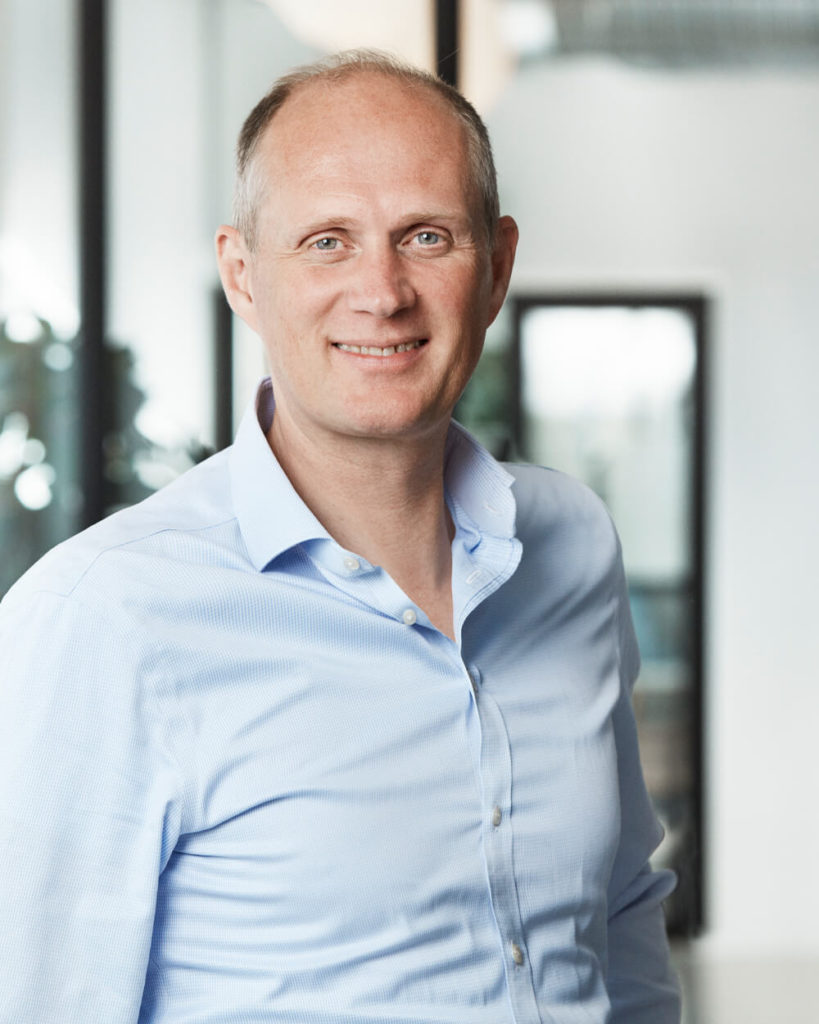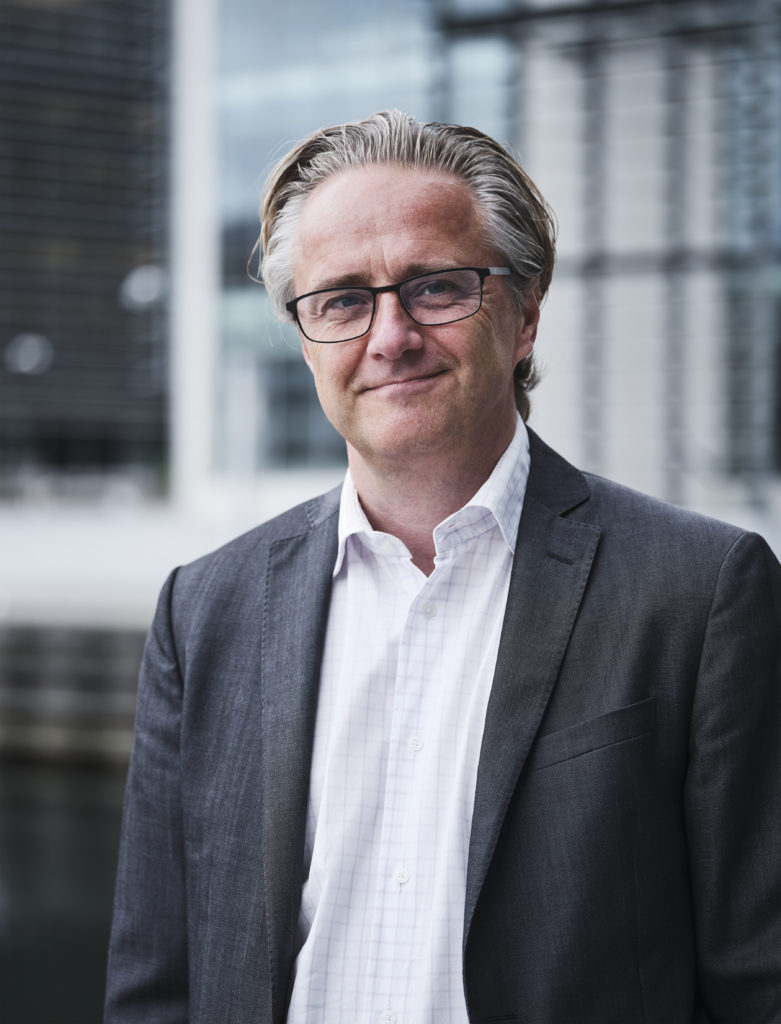It can all be optimised – route, voyage, vessel, trim, draft, cargo, bunkers, fleet, weather, purchasing, and it is all done with software from a growing array of tech companies offering competing and complementary solutions. Craig Eason looks at the newest, ZeroNorth, and one of the oldest, Storm GEO, in the market to get a snapshot of the decision making support shipping has at its digital fingertips.
How many ships are there? It could be up to 60,000 vessels according to some. How many are being operated efficiently and as part of an effective fleet? For the tramp shipping industry there are around 33,000 vessels in the world carrying bulk cargoes from one port to another, then heading off in ballast to pick up another. If all of these were to use an optimisation tool it could save more than $12bn a year in charter fees and fuel savings.
The figure came from Søren Christian Meyer who is head of ZeroNorth, a cloud-based software spinoff from the digital department of Maersk Tankers in Copenhagen. ZeroNorth is one of the latest software companies to offer a growing range of optimisation and performance related software tools for ship operators. On top of the vessels on spot market or tramp operations picking up cargoes here and there, there are also vessels on set routes, networks, and shuttles. The total number of vessels in the global fleet is always disputed, but it could be over 50,000. That is a big market for the many developers and sellers of performance tools to target.
There are plenty of optimisation companies to choose from, some have been on the market for a number of years, some like ZeroNorth are barely a year old. One of the most established services on the market is Storm GEO in Norway. Storm Geo was born out of the weather reporting of a Norwegian television station that saw the need for infrastructure to have better meteorological awareness. A sell off and a steady acquisition of other businesses including Applied Weather Technologies (AWT) as led to the company now having a suite of services for shipping, offshore and many other industries that are focused on asset safety and performance.
To some extent these two Scandinavian companies offer a good snapshot of the market.
Like many of the products on the market, Storm Geo, with its newly aligned s-Suite of services, and ZeroNorth with its aptly named “Optimise” solution (it used to be called Simbunker) are focusing their marketing efforts on the potential CO2 and fuel savings that these systems can offer.
But not all the solutions offer everything for everyone, with the word optimisation being a catchall phrase today meaning any software based solution (whether onboard, office-based or cloud-based) doing what many chief engineers and operations manager has been trying to do for a hundred years. So here are the two companies, out of the hundreds that epitomise optimisation in 2020.
ZeroNorth “Optimise”
ZeroNorth’s main focus is on bunker optimisation, when to buy it, when to use more of it (ie.e getting ships to sail faster or slower).
CEO Søren Christian Meyer is no stranger to the bunker markets, having been with OW-bunkers for nine years, moving to Maersk Tankers as chief strategy and transformation officer in 2015. As former head of the digital business Meyer left Maersk Tankers to head up ZeroNorth at the beginning of 2020 and says the company already has a tally of about 1,000 ships subscribed to its cloud-based system he says.

Strictly speaking it is not the ships that are linked to the cloud system says Meyer, but the vessel charterer, the operator of the tonnage that has the contract.
The software is not just based on watching how a vessel’s voyage materialises and tweaking it for optimisation. Zero North also brings in the charter market, bunker prices to add to the weather and vessel performance data, which gives then gives the charterer the information to decide whether to speed the ship up, slow it down and potentially when to pick up a new cargo.
So while the ZeroNorth marketing has a strong headline on performance and decarbonisation, the economics of shipping play a big role in the way the Optimize service works.
Maersk Tankers rolled out a software programme in June 2019, making the decision in January 2020 to spin it off as an independent company and seek external investors. This is when Meyer left Maersk Tankers Digital Team, which is still going with other projects, to head up the business which then named itself ZeroNorth. Then they were able to attract Cargill as a stakeholder and rolled it out.
“We build on top of the voyage management system, so we get their vessel data and views on the market and we provide the weather and bunker data and then we want to be as open source as possible so if you have dynamic fuel tables we integrate with hem, or we use ours,” says Meyer.
The weather and market data come to ZeroNorth from partners. As much as the spin-off is a software company, Meyer describes it also as an aggregator of relevant information to help with decision making.
The ZeroNorth software will use artificial intelligence to optimise routing, and when linked with bunker prices, charter contracts (and one here needs to look at laytime and demurrage details) can then offer the charterer the information to empower decision making relating to the next contract and the current costs of the existing one, weighing up all the factors of performance and revenue.
ZeroNorth has eight customers to date including Cargill and Ultrabulk, has a staff of 45, mostly software engineers. As a tech start-up with the Maersk name behind it, and a major investor in Cargill, the company has the clout to make a difference. Its focus, says Meyer is on climate and money, so while it recognises the benefits of working sustainably, it also knows that shipping companies need to be evermore focused on revenue.
The company is looking at how the fuels market is developing, and Meyer says the software team are looking at tools to help charterers make more informed decisions with relation to fuel choices, especially as the bunker market has a range of differing low sulphur fuels, differing prices and compatibilities between the fuels.
Storm GEO “s-Suite”
Today Storm Geo is owned by Danish private Equity group EQT, as well as DNV GL. But its roots come from Norwegian TV weather reporting.
The company has been acquiring its strength over the years, notably when it comes to weather routing when it acquired Applied Weather Technologies, a Silicon Valley-based company in 2014 from private owners including co-founder Jung Soo Kang.
AWT was founded in 1996 in Silicon Valley, California, Storm Geo in 1997, Bergen, Norway a spin off from Norwegian broadcaster TV2 by founder Siri Kalvig (the company was called Storm Weather Centre at the time) a meteorologist and weather presenter at the time.
Storm Geo was sold to EQT and DNV GL in 2014 (DNV GL has a 24% stake) and as part of the deal Storm Geo got access to and then ownership of the DNV GL ECO Insight and Navigator Insight solutions and with the purchase of AWT, the US companies Bon Voyage system as well as the ex-mariners and meteorologists the company had around the world offering weather forecasts and route advisory services.

Last week Storm GEO announced a streamlining of its services onto one platform, the s-Suite platform, collating the group’s shipping solutions offering into one place.
Ship operators can now buy electronic charters from Storm Geo as well as get weather data and vessel and fleet wide performance information (the company acquired Nautisk an electronic chart company in 2018 from Norway’s NHST Media Group).
Kim Hedegaard Sørensen joined Storm GEO this summer as the chief operating officer if its shipping division, saying the development of the platform, which is being rolled out to the group’s existing 65,000 shipping customer’s vessels, as a way to maintain its leading market position.
The s-Suite brings together all the separate systems that Storm Geo has acquired over the years into a three-part modular platform where customers can opt for parts, they need either on a voyage by voyage basis or under more long term contracts.
“If you look at the industry there are providers that do some of the products, but not can do all of them together,” says Sørensen. “ Within each of the products we have competitors. Some can do it quite well; we have respect for the competition”.
e-suite is more than software though says Sørensen, who says Storm Geo maintains its pol of maritime and meteorological experts behind its service. “Our route advisory is a combination of people who have been at sea, meteorologists and then the software which is being upgraded. Fleet performance management is also people who have been at sea – bridge and engine room who know ships”.
By streamlining its services it will make it easier for potential new customers to better understand what Storm GEO has to offer.
s-Planner is onboard the vessel integrating route optimisation, weather insights with the electronic charts for better passage planning -this is where the AWT Bon Voyage and the ecdis charts purchasing can be found.
s-Routing, is as the name suggests offering rote advisory with a focus on voyage optimisation either through those in-house experts, voyage cost optimisation and voyage reporting (such as with charter party requirements).
s-Insight is focused on fleet management, with tools for commercial technical and environmental performance , including such things as regulatory data reporting compliance). This is where parts of the former DNV GL software solutions can be found.
“For all existing clients, all three products and services are making it easier to have a constructive dialogue about services, making it easier for them to take out costs and time”, says Sørensen who also says it is important to not oversell the broad range of Storm Geo shipping products.
“ It is important not to overdo it as there are customers only looking for, or using, one of the services, perhaps with their own fleet performance management system and he will neve buy for us,” he adds.
“We are looking at other areas where we can ease the life of shipowners if we can ease the life of shipowners.”
The market
There are dozens of solutions, some like ZeroNorth have emerged form a ship manager or ship operators own in-house software development team, some have come through significant external investment.
Nearly all are now looking at how artificial intelligence and machine learning can be applied to both vessel performance and routing as well as fleet wide efficiencies and decision making. Not all may survive however.
The voyages of unmanned vessels such as the mayflower autonomous ship project which will sail across the Atlantic with the intention of self-routing away from extreme weather events is also an indication of the developments of operational optimisation.


































